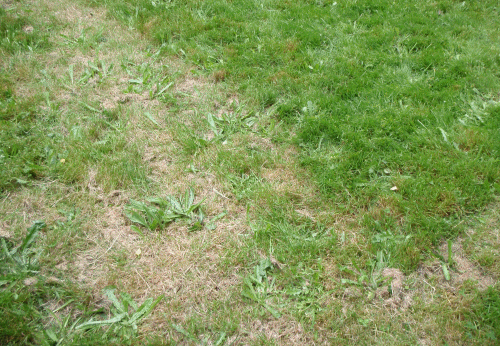




 2
2








Casie Becker wrote:May I suggest you try beneficial nematodes instead of neem oil. They cover the insects you have mentioned as well as fire ants and fleas. When I use them I have to hope for a period of cooler and wetter weather than is common in my area but it really helps me with the fire ants. Everything else incidental but nice as a side benefit. I doubt you can get away with not mowing at all. Even here where we are currently in drought I have to go pull several saplings that have sprouted in my yard. If you invest in a good tool for uprooting particularly stubborn species of tree and shrub you may be able to reduce it to only a few times a year. Especially if you mow a few paths for the most important access points.
As a child I grew up playing in fields of scrub cedar, prickly pear and wild grasses that were taller than I was. We would trample our own paths and uproot whole rooms to play in. We thought we were building secret playhouses in the grass but as an adult I now know our parents were tall enough to easily see us as we played. Good memories, much better than any I have of a lawn. Just make sure your kids know what not to dig up.
 2
2








A build too cool to miss:Mike's GreenhouseA great example:Joseph's Garden
All the soil info you'll ever need:
Redhawk's excellent soil-building series









 2
2




Steven Gallo wrote:
Concerns:
Length - I have 3 daughters and 2 dogs, and don't want to encourage tick growth
Usability - I would like to keep the yard "playable", we spend a lot of time outside
Workload - I've seen some recommendations for ripping up the existing lawn to meadow. I do not want to do this!
Choices - I don't know what plants might hit some or all of those goals while also being native to my area
Be the shenanigans
you want to see in the world.


|
I'm just a poor boy, I need no sympathy, because I'm easy come, easy go, little high, little low, little ad
Play Your Way to a Sustainable Lifestyle: Uncover Permaculture Principles with Each Card
https://gardener-gift.com/
|




